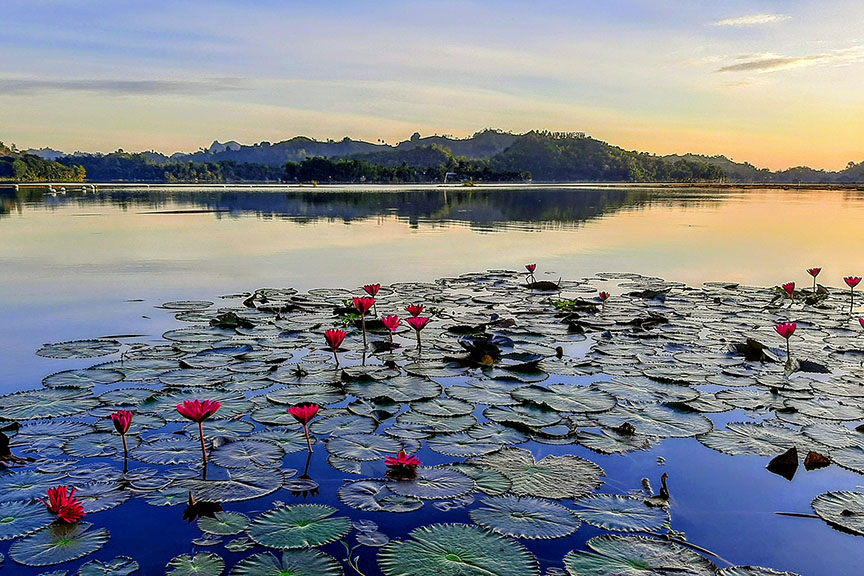Introduction
Nestled in the heart of Mindanao, the province of South Cotabato is a remarkable tapestry of cultural diversity, breathtaking landscapes, and economic vibrancy. Frequently overshadowed by its more popular neighbors, South Cotabato offers an enriching glimpse into the unique fusion of indigenous heritage, ecological wonders, and progressive development. As a dynamic region, it boasts thriving agriculture, dramatic natural features like Lake Sebu, and a proud legacy of ancestral traditions. This newsletter takes you on a journey through the essence of South Cotabato, exploring its historical roots, ethnic richness, touristic allure, and modern-day progress, all contributing to its growing recognition as a vital gem in the Philippines.
Historical Roots and Cultural Heritage
South Cotabato’s story is deeply rooted in the history and evolution of Mindanao. Originally inhabited by various indigenous Lumad and Moro groups, the province later welcomed settlers from Visayas and Luzon in the mid-20th century. This convergence cultivated a dynamic cultural landscape, visible in local festivals, crafts, and culinary traditions. One of the most celebrated events is the T’nalak Festival, honoring the sacred T’nalak cloth woven by the T’boli tribe, symbolizing unity amid diversity. The preservation of traditional music, dances, and sacred rites continues to bind generations while enabling cross-cultural understanding and respect among its people.
Lush Landscapes and Natural Wonders
A captivating aspect of South Cotabato is its range of natural attractions. Dominated by rolling highlands and fertile valleys, the province is a sanctuary for biodiversity and eco-tourism. Lake Sebu, famous for its tranquil waters and overlooks, is home to the T’boli and renowned for its seven majestic waterfalls. The cool highland climate fosters rich flora and fauna, including endemic and migratory birds, making it a haven for ecotourists and conservationists alike. Agricultural produce flourishes here, with pineapple plantations and rice paddies forming iconic green mosaics across the landscape.
Ethnic Diversity and Community Life
South Cotabato is a melting pot of cultures, primarily composed of indigenous groups such as the T’boli, B’laan, and Manobo, alongside Christian and Muslim migrants. This unique blend enriches communal life, leading to vibrant intercultural exchanges and local governance that values inclusiveness. Communities celebrate both shared religious events and tribal festivities, reinforcing social cohesion. The province’s craftspeople are known for beadwork, brassware, and handloomed fabrics, generating pride and economic opportunity, while schools and advocacy groups work tirelessly to keep indigenous languages and customs alive for the younger generation.
Pathways to Progress: Challenges and Aspirations
Embracing modernization without losing its roots, South Cotabato faces the dual challenge of development and preservation. Key infrastructure projects, improved road networks, and investments in education and eco-friendly enterprises have energized the local economy. However, there remain hurdles such as environmental management, cultural preservation, and equitable distribution of resources. The provincial government collaborates with NGOs and the private sector to create sustainable tourism strategies, support farmers, and provide platforms for indigenous voices in policymaking, aiming to balance growth with heritage preservation.
Conclusion
South Cotabato stands as a shining example of a province that harmoniously blends its rich cultural history with the drive for modern progress and sustainability. From its remarkable festivals and artisanal crafts to its breathtaking natural wonders and robust agricultural base, the province offers both residents and visitors a unique experience shaped by tradition and innovation. Ongoing efforts to protect the environment and celebrate diversity ensure that South Cotabato retains its authenticity while moving confidently into the future. In understanding South Cotabato, we not only appreciate a vibrant region but also witness the resilience and creativity at the heart of the Filipino spirit.
